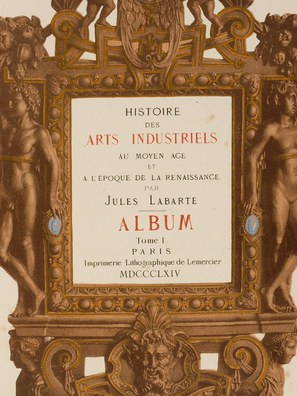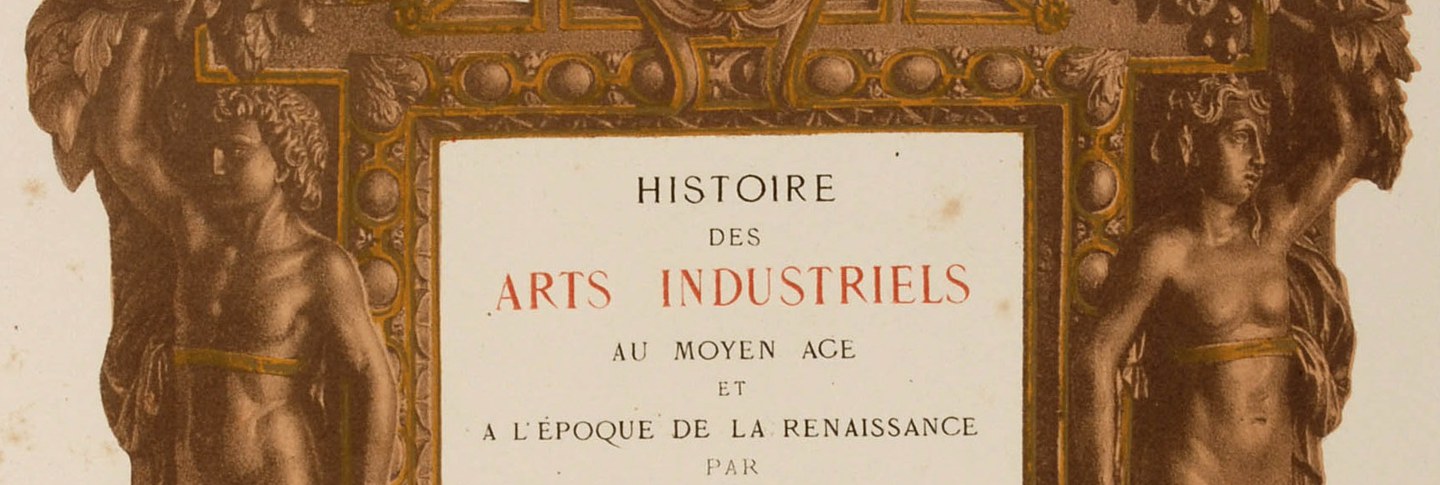
Art Historians
Before the nineteenth century, antiquarians with interests in Byzantine art focused primarily on texts associated with imperial patrons, attractive illuminated manuscripts, coins, and the opulent Byzantine-style monuments of Italy. In the nineteenth century, opportunities to travel and excavate in formerly Byzantine lands led to studies of architecture, mosaics, and wall paintings based on in situ monuments. At the same time, scholarship on the Byzantine “minor arts” emerged from the compilation of research and materials for the catalogs of private collections. Many of the men who are now known as the leading Byzantine art historians of the nineteenth and early twentieth centuries owe their reputations in part to the collection catalogs which they helped to create: O. M. Dalton, Jules Labarte, N. P. Kondakov, William Milliken, Emile Molinier, and Wolfgang Volbach to name a few.
Artists
The availability of Early Christian, Byzantine and medieval antiquities not only energized the European antiquities market but also impacted nineteenth-century arts themselves. Many artists and connoisseurs felt anxious about the manufacture of objects by modern industrial methods, especially in comparison to the delicate craftsmanship of artists of the past. This anxiety fueled the Arts and Crafts Movement and the Design Reform Movement. The market for antiquities generated markets for “knock-offs” and revivalist styles.
Within this milieu, art societies, academies for training young artists, and museums with the expressed mission to promote the decorative arts blossomed throughout Europe. A combined focus on historic and contemporary design is still evident in museums such as the Musée des Arts Décoratifs in Paris, the Museum of Manufactures in London (now the Victoria and Albert Museum, founded 1852), and the Kunst-und-Industriemuseum in Vienna (now Museum für angewandte Kunst, founded 1864). The Expositions Universelles in Paris, the Great Exhibitions in London, and similar exhibitions in other major cities showcased contemporary designs alongside antiquities from around the world as well.
The hungry market for replicas and objects that imitated minor arts of the past helped to make the fortunes and fame of master artists such as Murano, Fabergé and the Castellani brothers. These artisans are credited with rediscovering forgotten techniques for elaborate metalwork, enamels, and micromosaics. Their designs drew inspiration from the antiquities being uncovered in new excavations.





